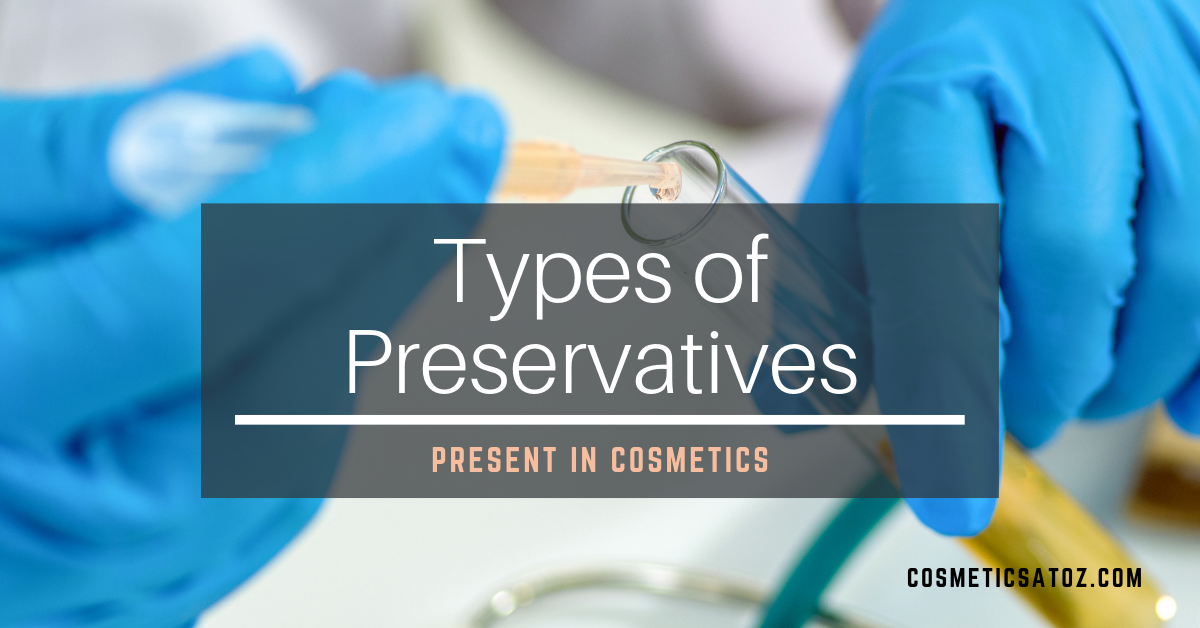 Cosmetic products are typically used and kept at room temperature with constant product contact. Consequently, the growth of harmful bacteria is a major concern. So as concluded in the previous post, cosmetics products must be preserved by some means.
Cosmetic products are typically used and kept at room temperature with constant product contact. Consequently, the growth of harmful bacteria is a major concern. So as concluded in the previous post, cosmetics products must be preserved by some means.
There are three (3) main types of preservatives: synthetic preservatives, natural preservatives and antioxidant preservatives.
1. Synthetic Preservatives
Due to their broad spectrum of activity against bacteria and fungi, synthetic preservatives are by far the most widely used in cosmetics. Additionally, they are low cost with a high level of effectiveness at low concentration.
Synthetic Preservatives have four (4) sub groups:
a. Parabens (which include methyl paraben, ethyl paraben and propyl paraben). Parabens are highly effective and still very widely used in both leave-on and rinse-off products. This is despite negative public perception arising from a highly disputed study, linking them to a certain estrogenic activity.
b. Aldehydes. These preservatives release formaldehyde as needed on a controlled basis. Besides that, they are very effective for bacteria, but have low fungi efficacy.
Diazolidinyl urea and germall plus are two examples of preservatives in this group.
c. Organohalogen Compounds. Triclisan and methylchloroisothiazolinone are two examples of preservatives in this group. Renown for their broad spectrum activity for fungus and bacteria, they are widely used in rinse-off products, such as shampoos and body wash.
d. Glycol Esters. Examples are phenoxyethanol, optiphen and optiphen plus. They are a milder alternative to traditional preservatives. Additionally, they find wide application in baby products and non-allergic products.
2. Natural Preservatives
The use of these preservatives allow the inclusion of the words natural or organic on product labeling, with the resulting improved customer appeal. They are however less effective at lower concentration, and therefore more costly to use than other preservatives. The most common examples are salicylic acid, sorbic acid and benzoic acid.
3. Antioxidant Preservatives
Antioxidant preservatives reduce the rate of oxidation, and they also enhance the shelf life of oils that are easily oxidized. However, these preservatives can be synthetic; such as BHA and BHT or natural such vitamin e, vitamin c or polyphenols. Antioxidant preservatives may be added directly to the oils or to the oil phase of oil and water preparations.
